
photo from family archive

photo by Al Oliver


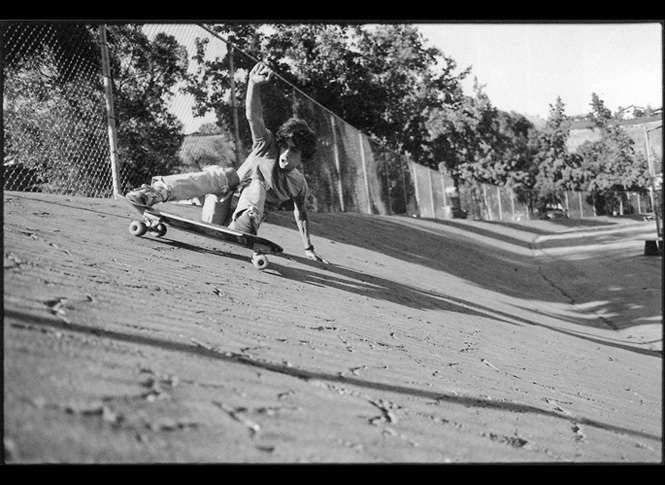
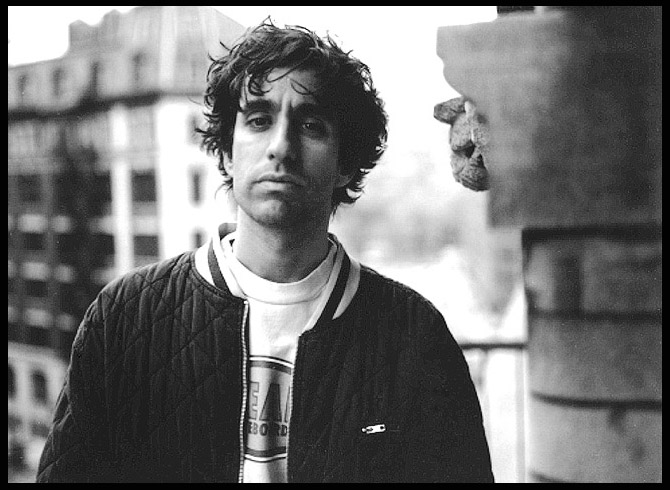
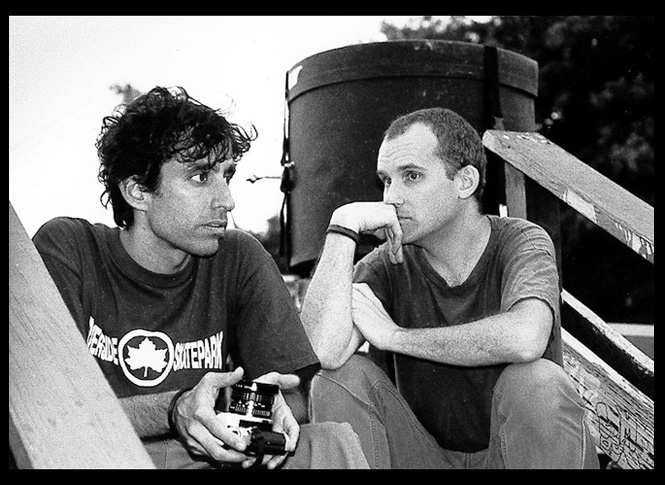
Photograph by Kurt Sayenga
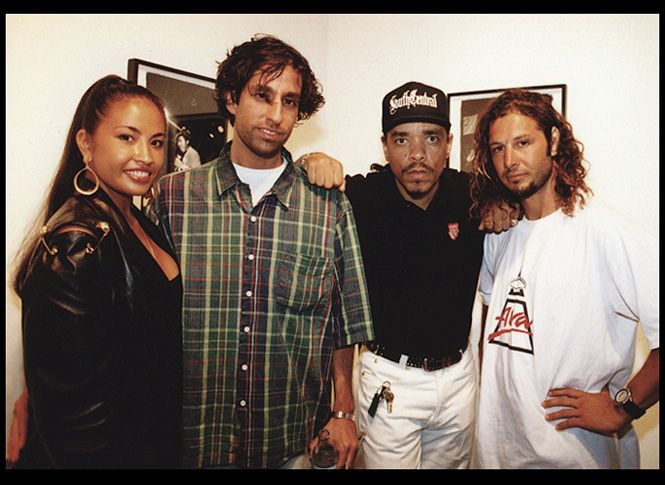
'Fuck You Heroes' exhibition, Fall 1994

in Tokyo, Japan 1998
Portrait photograph by Taiske Yokoyama
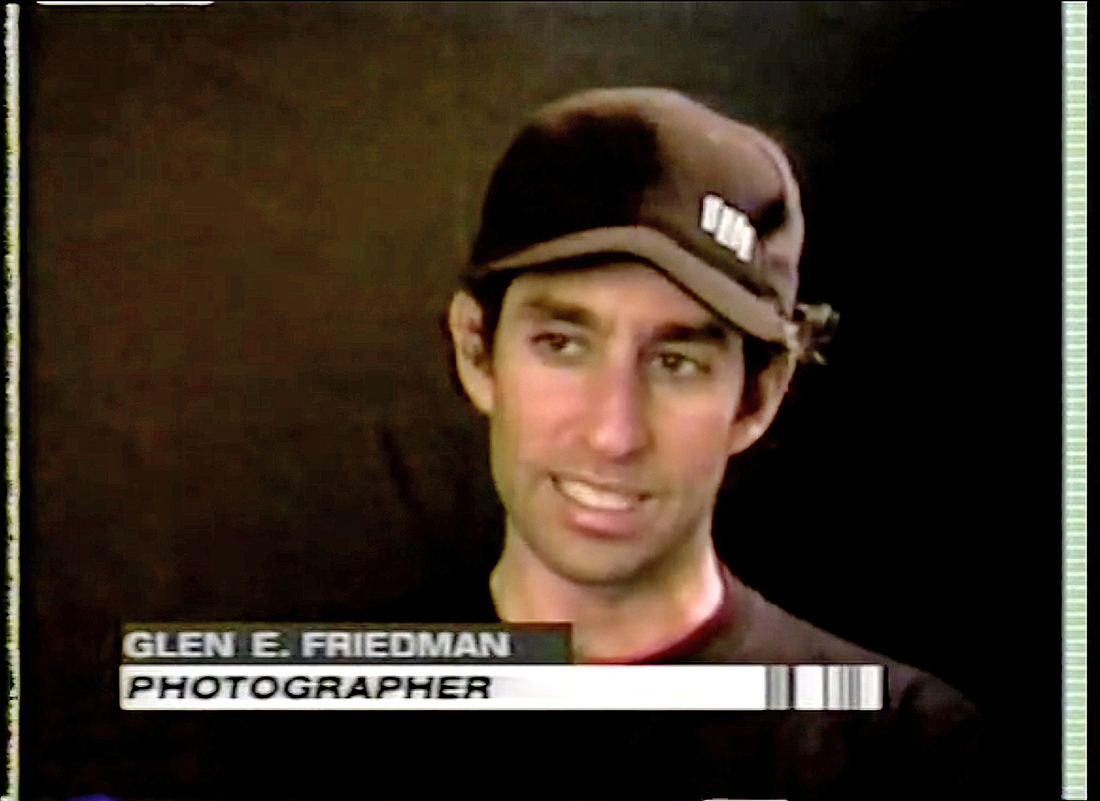
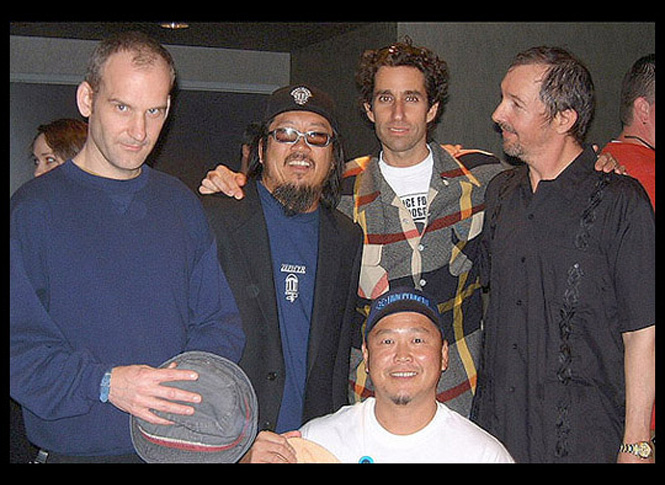
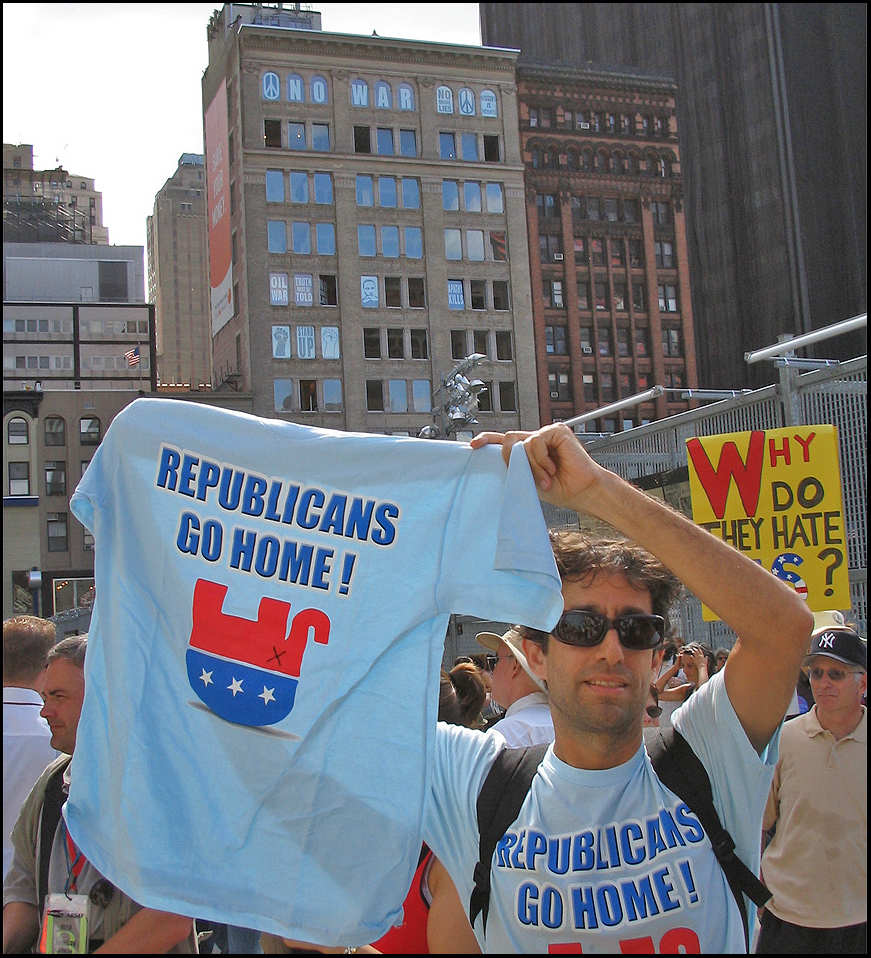
photo by Danny Boy O'Connor
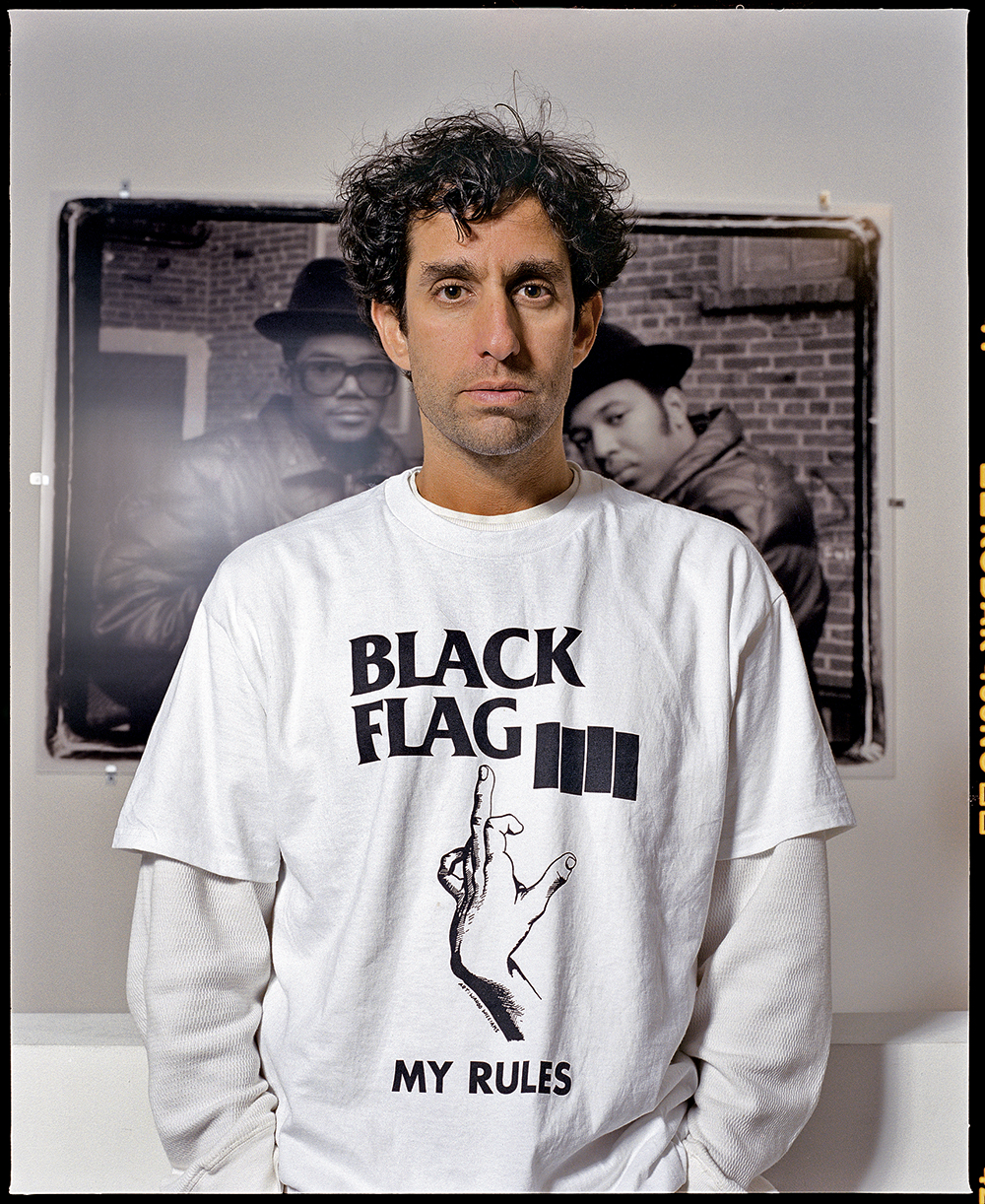
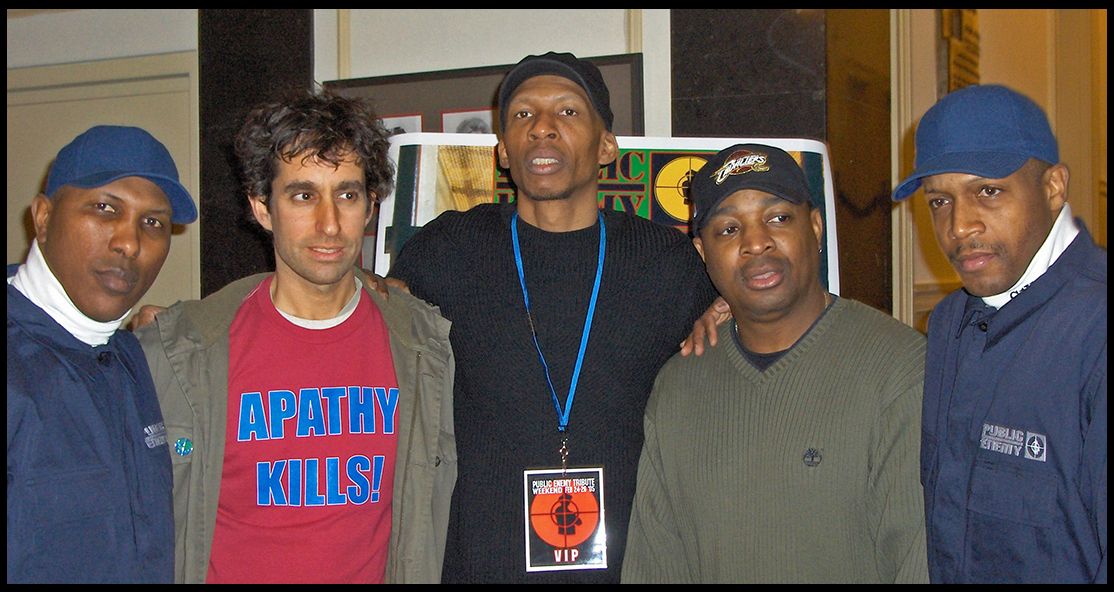
"It Takes A Nation of Millions to Hold Us Back" - 2005

photo by Vida Dominguez

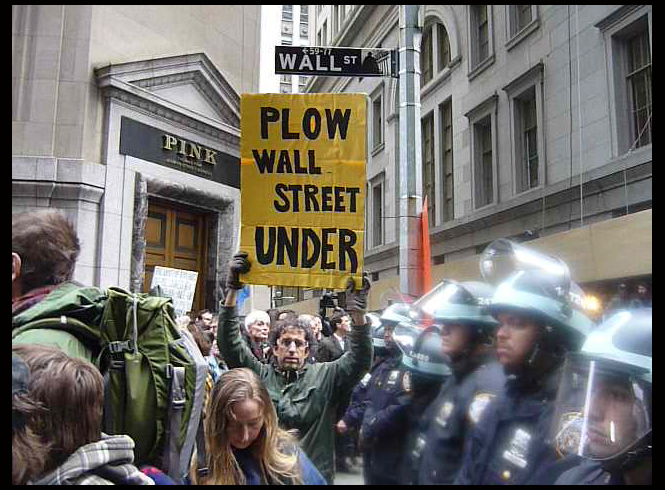
photo by Simone Reyes
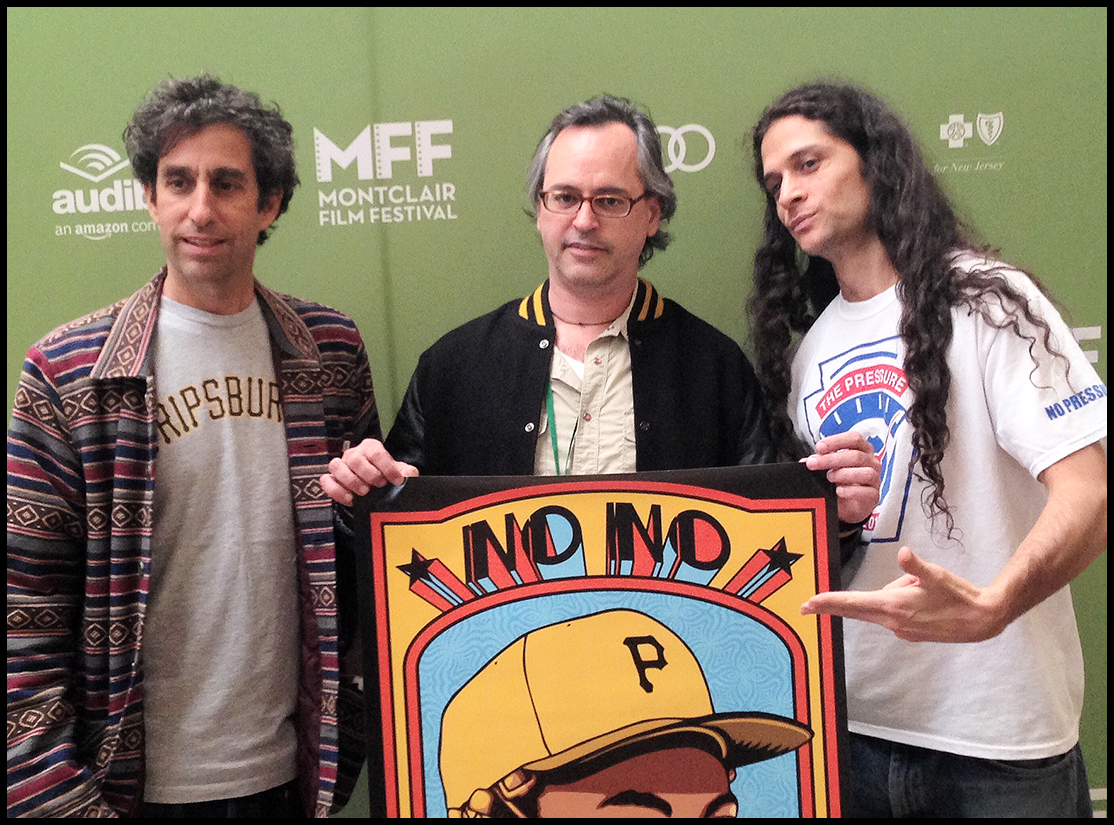
photo by Bill Battle

photo by Taylor Hill

for allowing use of these photos on this website.
Glen E. Friedman (born 1962) has long been considered a vital part of the modern cutting-edge subcultures he participated in. His photography goes far beyond simply documenting the scenes and key players of the cultures; he provides firsthand insight into the “science of defiance” that drove the progression and art of the participants.
Working with politically conscious and rebellious artists, such as Fugazi, Black Flag, Ice-T, Dead Kennedys, Minor Threat, Misfits, Bad Brains, Beastie Boys, Run-DMC and Public Enemy as well as skateboarding pioneers such as Tony Alva, Jay Adams, Alan Gelfand, Duane Peters and Stacy Peralta, among many others. Friedman put himself in the place to be at an extraordinary number of appropriate times. He’s not only provided the definitive portraits of many of these people, but also has helped define the moments and movements he was caught up in. His process was much more incendiary than it was documentary.
In 1994 Henry Rollins said, “It’s all about energy. There are infinite means and methods, but with the best in any field, it is energy that is the constant. It’s what makes the great stuff great, and the rest stand to the side. I knew Glen’s work well before I met him. All my friends and I used to stare at his photos in skate magazines and wonder how he got that shot at that moment. After knowing Glen for over 13 years, I understand how he does it. Glen is an energy addict. He captured the peak era of the original heavy “DogTown” skateboarders. He worked on the first Black Flag video. He produced the first Suicidal Tendencies album. He intoduced me to the Beastie Boys when they only had a 7″ single out. He gave me a tape of Public Enemy when Chuck D. was DJ’ing in college. He documented the rise of the mighty Def Jam label and some of the musicians who changed the face of music forever. The bottom line is he was there at the beginning of so much stuff it’s not funny.”
Glen E. Friedman’s captivating images demonstrate his remarkable eye for raw energy , talent, aesthetic beauty, and perfect timing. Considered legendary by many, he is, without doubt, one of his generations most discerning and important photographers. Friedman has created and documented like no one else.
Born in North Carolina while his father was serving a short stint in the Army at Fort Bragg, Friedman and his family soon returned to northern New Jersey, just across from New York City, where Glen spent a large part of his childhood off and on. When his parents divorced, his mother took him and his younger brother to live in California. At this point in time he would spend the school year in Los Angeles and then visit his father back east during vacations, until the situation was reversed for his last two years of high school.
From a young age Glen always seemed to have his own agenda; as a nine-year-old he held an aggressive anti-Vietnam War stance, and at ten proudly supported George McGovern for president on his clothing. Growing up in the civil rights era profoundly influenced him. He always stood up for the rights of his friends, particularly those more reserved than himself, and those less privileged. He could never stand by to see others taken advantage of or treated unfairly without speaking up.
When his mother remarried and they moved to the affluent area of Brentwood, in West Los Angeles, Glen was thrust into a frustrating world of “blue blood” elitists and spoiled brats, where he clearly did not fit in. This quickly led to him discovering a crew of older kids from outside this neighborhood while hanging out in the schoolyards “after-hours”.
Friedman’s childhood, once off the Little League field, was largely spent skating in the legendary West L.A. schoolyards of the area affectionately known as DogTown. His contemporaries were beginning to be featured in magazines as top skateboarders, but Friedman felt the majority of images failed to capture the true essence of what he as a skater himself was witnessing on a daily basis. Sharing the skaters’ attitude–that they were completely able to redefine what the sport was–he thought that even though still in junior high school, he could do a better job behind the camera than those designated to do so.
In the fall of ’75 he took a photography class with his “Pocket Instamatic” and refused to use the class standard 35mm camera, not simply because he did not own one, but also because he would be afraid to break or lose it, and of course with the Pocket Instamatic he could still hang out and skate without much concern. He started making pictures of his friends and even submitted them to skateboard manufacturers, with handwritten letters, hoping they would use them in advertisements in SkateBoarder magazine, thinking at the time there was no way he could go directly to the editorial staff of skateboarding’s leading publication. Forgetting for the most part about his class assignments, he learned all about cameras and the basics of good photography, but continued shooting only the subjects he wanted to, hence gaining a grade of “D” in “Photography 1.″
In the fall of 1976, Friedman discovered an empty swimming pool, and corralled a few friends (the infamous Jay Adams among them) into riding it so he could make pictures with a borrowed 35mm camera. He showed the results to a freelance SkateBoarder photojournalist (C.R. Stecyk III) he met at the local schoolyard, who put the eighth-grader in touch with the magazine’s editor. Shortly thereafter SkateBoarder published the first photos Glen ever submitted, one as a full-page subscription ad (less than a year after he got that “D”), and he soon became the magazine’s youngest contributing staff member.
The magazine was having an effect on youth culture worldwide, and in turn Friedman became somewhat of an underground cult figure for being one of the main contributors of the hard street-level action, and a very young contributor at that. It was here that Friedman began learning the realities of the photography world, and began setting his path for the years to come. He was being published in this international publication on a monthly basis throughout all of his high school years.
Several years later Friedman began to shoot photos at the punk shows he was attending. It was inspiring for him to be so close to the bands and their intense energy. Glen was passionately loyal to his subjects, and relentlessly devoted to winning them press coverage in order to expose others to the ideals of these artists, at first in the skate magazines, and later in fanzines and music magazines. Proto-punks such as Black Flag, Bad Brains, Minor Threat and others received some of their first national and international media documentation through Friedman’s work.
The political views and progressive perspectives of the hardcore punk bands inspired Friedman further. He attempted to gain them exposure in major news and music publications as well, to no avail at the time. It was the DIY (do it yourself) work ethic he picked up from hanging out in the punk scene and working with Black Flag that got Friedman, in 1982, to self-publish his photo-zine MY RULES. He sold 10,000 copies and it was the largest-selling “zine” of the era.
In 1983 Friedman broadened his creative scope and produced Suicidal Tendencies’ debut album. He became their manager and of course handled all of their photography, promotion and marketing. By 1984 he had helped to direct and edit their first video for “Institutionalized,” the song he produced, and relentlessly promoted until it got them on MTV, the first hardcore punk band ever to be in rotation on the network. Despite the album he produced eventually becoming the biggest-selling hardcore punk album of the decade, conflicts between Glen and the band arose and he left them, deciding to stay away from that sort of involvement in the music world (for at least a few years).
Friedman continued thinking of new outlets for his enthusiasm and work, soon meeting up with old friends the Beastie Boys on their first trip to Los Angeles, now as a rap group instead of a punk band. On this trip he created some of the most memorable Beastie Boys photos ever taken, and was soon introduced to Rick Rubin and Russell Simmons, who loved his work, attitude, understanding of, and interest in the culture of hip-hop.
By 1985, Friedman was photographing many of the Def Jam artists. All the while attending college classes at UCLA up until 1986, working on a self-prescribed course of general education by studying what he felt would best broaden his knowledge. In 1987 he made the decision to move back to New York City full time.
His early photography of Run-DMC, Public Enemy, Ice-T, L.L. Cool J and Beastie Boys brought hip-hop to a wider audience, thanks in part to the quality of the work and the connections he had made in the music business with the punk bands. His pictures achieved fame as record covers for many of the decade’s finest in hip-hop and punk. Many of his photographs are recognized as the subjects’ definitive portraits. The covers his photographs adorned have sold in the tens of millions of copies.
In 1986 Glen began reading flyers and pamphlets given to him by punk friends, educating him to the environmental and health concerns associated with a typical American diet. Glen had grown up eating meat and the normal junk food fare of his age group–in fact he at one time loved eating at fast food chains, and was happy to eat a “bloody steak” on occasion. By 1987 he had begun to read the book Diet for a New America; before he was finished, he had completed making the transition to a vegan diet and lifestyle, which he still practices and actively promotes to this day.
Throughout the rest of the 80′s and early 90′s Friedman was making a living working with musicians creating art and visuals, solidifying his reputation as one of the most important photographers emerging from this new milieu. With this notoriety he became even more outspoken about his own political views, and began influencing many of those subjects and others who were around him or seeing his work. People began to notice that all of these cultures Glen was involved in promoting were having a large influence on culture as a whole. The work he set out to do with all of these individuals was inspiring legions.
By 1994, Friedman had published FUCK YOU HEROES on his Burning Flags Press imprint, beginning a path of fiercely independent artistic production. A collection of his work spanning 1976 to 1991, HEROES looked at the pioneering leaders of the skateboarding, punk and hip-hop subcultures that he was so much a part of. Its title, though offensive to some, signifies his subjects’ bold, forthright, heroic rejection of reactionary social standards. His second book, FUCK YOU TOO: The Extras & More Scrap Book, was published in 1996 (and was subsequently updated in 2004).
The FUCK YOU ALL exhibition, combining photos from both of those first two books, brought Friedman’s work to major cities around the world, beginning in 1997 at the Institute of Contemporary Art in London, then on to Sydney, Tokyo, Florence, Rome, Milan, Catania Sicily, Berlin, Stockholm, Chicago, Washington DC, Philadelphia, Los Angeles and and later to Antwerp, Krakow, Dublin, and San Francisco.
In 1998, Glen followed up with the publication of The Idealist: In My Eyes – Twenty Years, which he considers the artistic summation of his photography, a perspective on his own artistic aesthetic that at times diverges greatly from his other known work but gives the viewer an insight into his personal vision. This book was revised in 2003 to include an additional five years of photography (The Idealist: In My Eyes – 25 Years), as well as comments written specifically for this edition by a few more subjects that appear on its pages, who had also inspired him, including Ralph Nader and Professor Cornel West.
In 2000, the book DogTown – The Legend Of The Z-Boys was co-authored with C.R. Stecyk III, and edited and designed by Friedman. This book along with the movies to follow helped to solidify the legacy of the skateboarding culture he grew up in.
Glen’s film credits, co-producer and creative consultant, barely touch on the major influence he had on the award winning 2002 feature-length documentary DogTown and Z-Boys. (He also appeared as one of the main commentators in the film.)
In 2004 Friedman created the “Liberty Street Protest” for millions who visited the former World Trade Center site from around the world, to see at Ground Zero in New York City. Its provocative anti-war sentiment, made up of 27 huge window banners in an 11-story building, was displayed through the Republikkkan convention of that year, and received attention worldwide.
His book RECOGNIZE was released in 2005, an artistic statement that shocked and surprised many, garnered critical praise but has still only been seen by a small percentage of those who know his more popular work.
2006 saw Friedman collaborating with old DogTown friend Jay Adams to edit and design the book JAY BOY. Made up entirely of early photographs taken by Jay’s stepfather, and Z-Flex skateboards founder, Kent Sherwood. The book provides a unique insight into the life of one of the defining figures of modern skateboarding. (The book was re-released in 2016 by Universe/Rizzoli International.)
Before becoming a father in 2007, Glen put the finishing touches on, and soon after released, Keep Your Eyes Open -The Fugazi Photographs of Glen E. Friedman, a collection of his live and portrait work of his good friends, and one of the independent music scene’s most influential groups.
In 2009 Glen had his first ever career retrospective, Idealist Propaganda, open at Shepard Fairey’s Subliminal Projects gallery in Los Angeles. The success of this brought about another collaboration with now-infamous street artist/propagandist Shepard Fairey and Glen, adding to the several projects they had already done in previous years (and continue to do) that have used Glen’s iconic images.
In 2010 some half dozen original prints of Glen’s covering all aspects of his oeuvre were requested, and subsequently accepted into, the Photographic History Collection of the National Museum of American History at the Smithsonian Institution in Washington D.C. And soon after original prints of his work were acquired for the photography collections of the Metropolitan Museum of Art in New York City and the Berkeley Art Museum and Pacific Film Archive.
The International Skateboarding Hall of Fame awarded and recognized Glen as an Icon of the sport in 2012, when he was inducted in an incredible ceremony at the same time as legendary skaters Jay Adams, Peggy Oki and Mark Gonzales.
By 2014 Glen’s work had also been added to the permanent collections of many other prestigious institutions including The New York Public Library, Photography collection of the Pierpont Morgan Library & Museum, University of California at Los Angeles Library of Special Collections, The Wolfsonian at FIU Museum, Emory University, The W.E.B. Du Bois Institute for African and African American Research at Harvard University, Cornell University, Stanford University Libraries, The Museum of Fine Arts Houston and the George Eastman Museum.
Early in 2014 the film “No-No: A DOCKumentary” premiered at the Sundance film festival, then many other festivals, and general release to theaters by the fall, all with great reviews. The story based on the iconic baseball player Dock Ellis. The Pittsburgh Pirate, Dock first befriended Glen as a pre-teen and kept in touch with him over some years. Due to this friendship Glen was motivated to have some input on this story, and he became an associate producer as well as creative advisor on the film.
The final stop for the FUCK YOU ALL exhibition was held in Spain during the summer of 2014.
Fall 2014 saw the release of Glen E. Friedman’s most incredible monograph to date: MY RULES the book, published by Rizzoli International. Followed by the launch of the MY RULES exhibition in London to incredible crowds for nine weeks!
2015 brought us another GEF and Shepard Fairey collaboration. In celebration of the MY RULES publication, Fairey’s OBEY clothing released internationally, a line of goods emblazoned with Fairey’s iconography of several Friedman’s photographs.
2016 and 2017 have had G.E.F. busy with his books and film projects.
And if that wasn’t enough, Friedman’s Burning Flags Press sponsored his son’s Little League Baseball team in 2015, 2016, 2017, and 2019 when they won the league championship!
G.E.F. posted to his blog once a day for a decade, and now rarely, but the archive of all posts is still live. He now uploads images and stories to Instagram fairly regularly.
In 2018 Glen spent most of the year re-designing DogTown-The Legend of the Z-Boys which came back in print on the 1st of July 2019 along with his Fugazi book Keep Your Eyes Open.
By the end of 2019 his book TOGETHER FOREVER – The Run-DMC and Beastie Boys photographs of G.E.F. was released.
2020 was an insane year for everyone. During the lockdown G.E.F. and his small crew put the finishing touches on his directorial debut; a short film, “A Look Back: DogTown and Z-Boys“ which premiered officially at Paris Surf and Skateboard Film Festival in September 2021, just in time for the 20th anniversary of the original films’ first screening at the Sundance film festival.
As we all got through the pandemic, he finished his book What I See – The BLACK FLAG photographs which was released in the spring of 2022.
The traveling exhibition of his work has become the Burning Flags Tour. The first showing was in Barcelona, Spain in the spring of 2022, It was a huge success with over 7,000 people attending through out the month long event. The exhibition then showed in Paris, France during the summer of 2023. Further European cities are being planned as of this writing.
Friedman continues to work on one of his longest term projects, his feature length documentary tentatively titled The Fuck You Heroes hoping to finish all the interviews by the end of 2023. And while you have read here he has two films under his belt, he strongly reminds us “I am not a film maker and i don’t want to be a film maker, but i just happen to be making these two films”.
He is also releasing a new book of his photographic work with the band Minor Threat, that will be released in the fall of 2023.
Onward!
written by Kirk Gee

